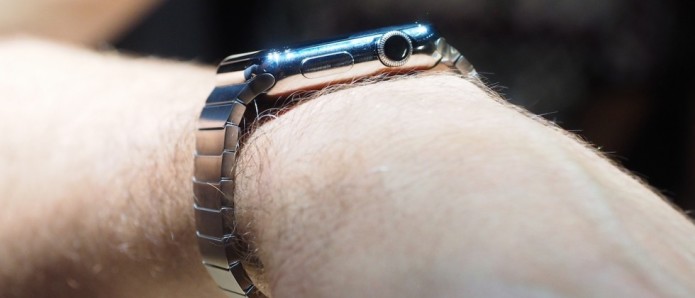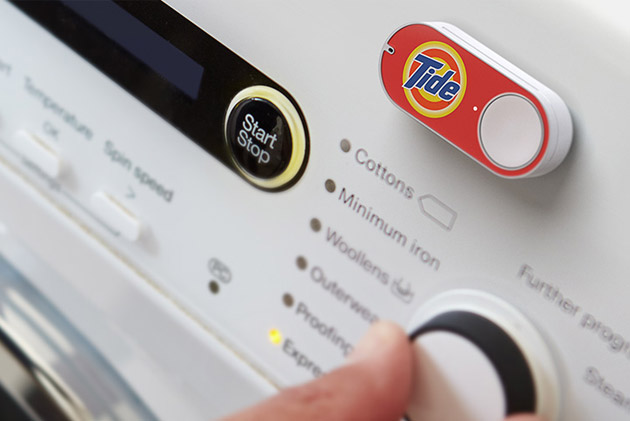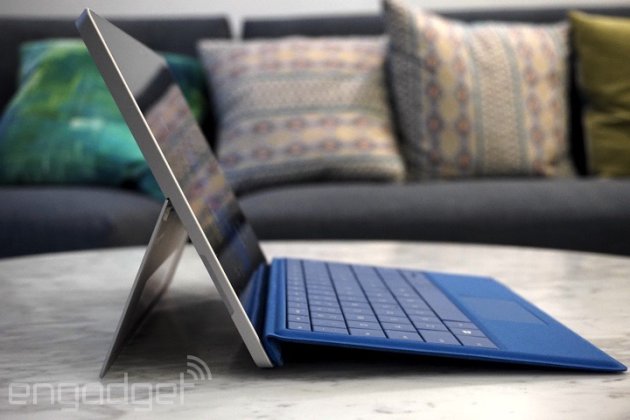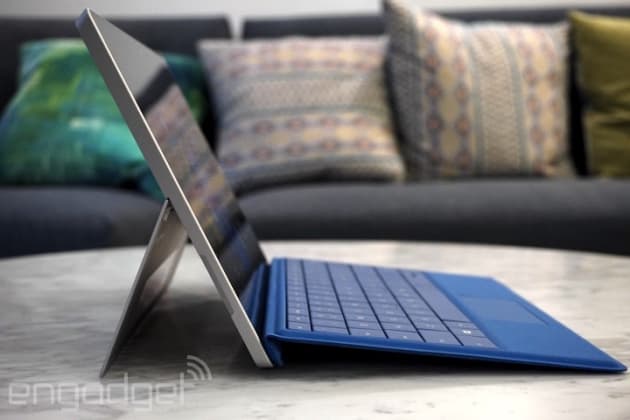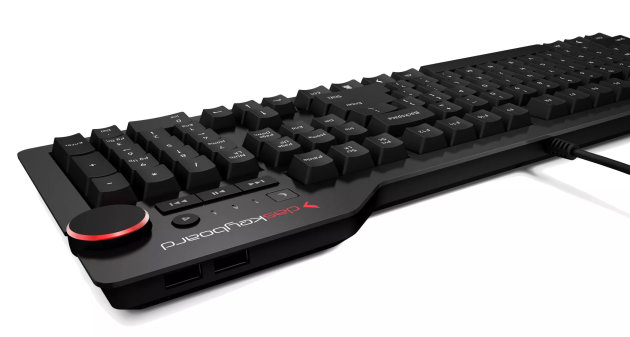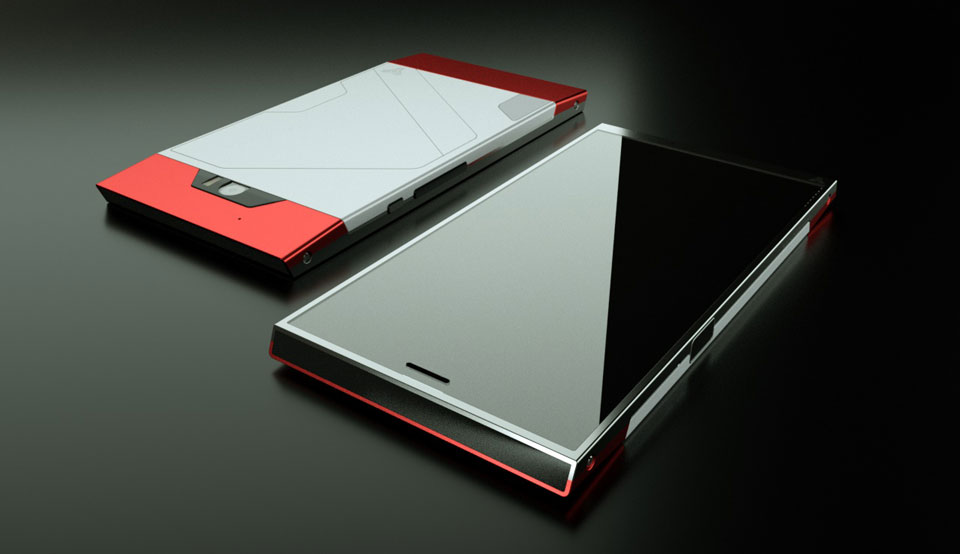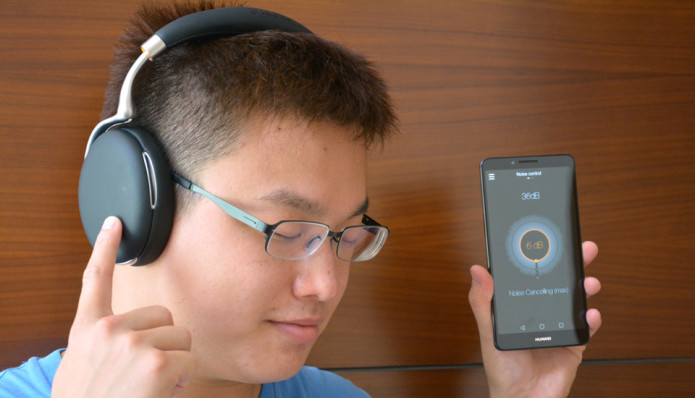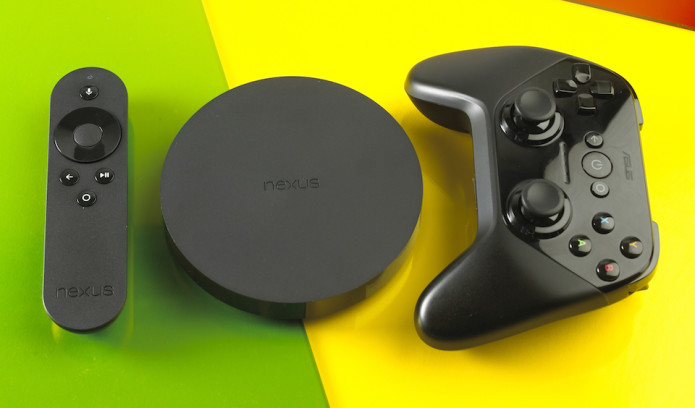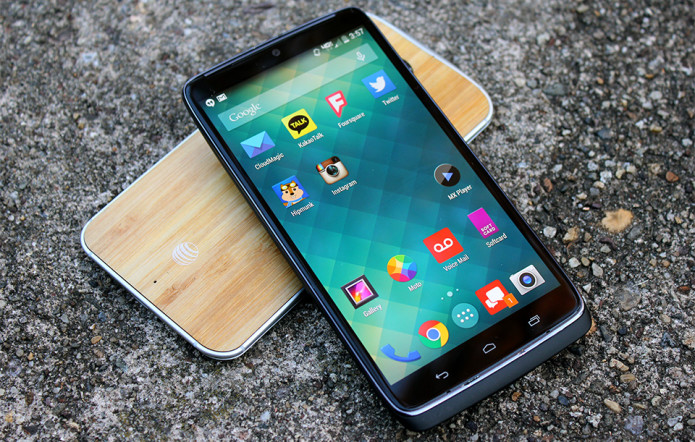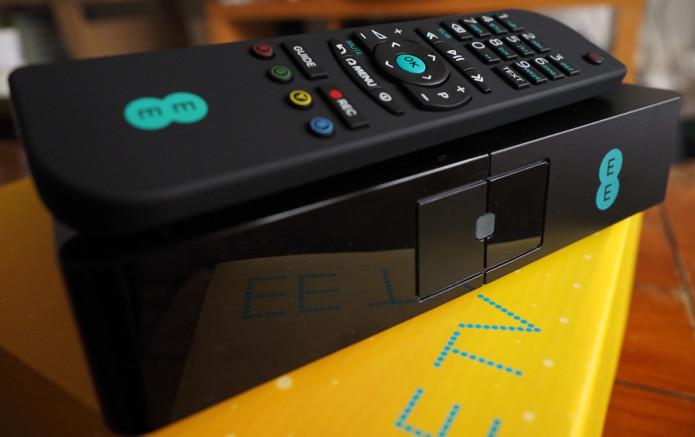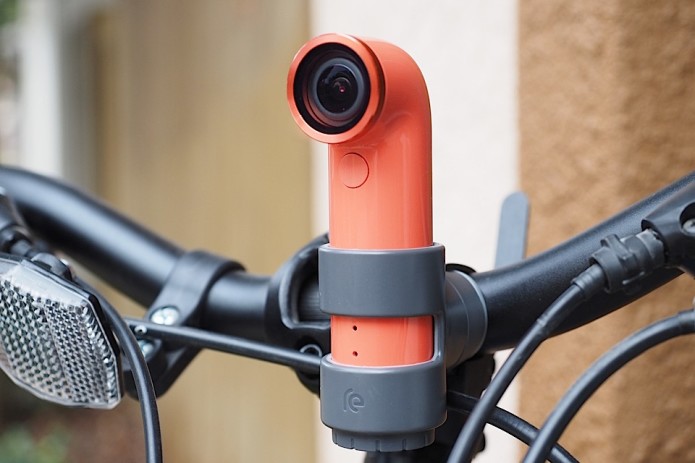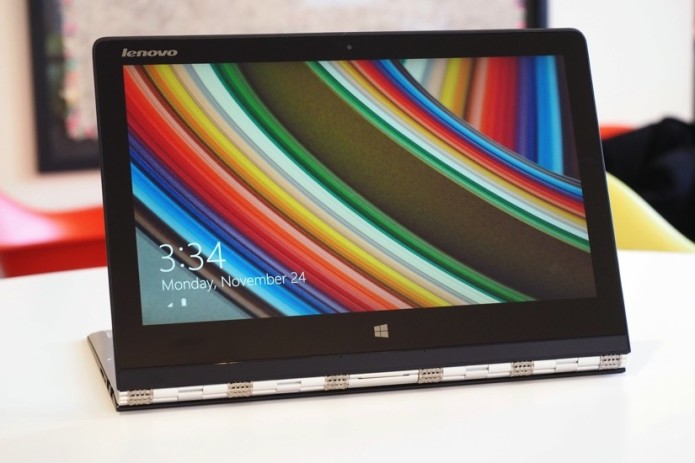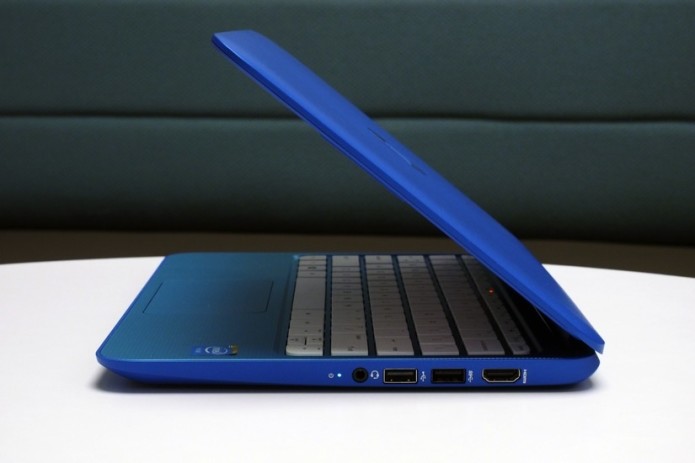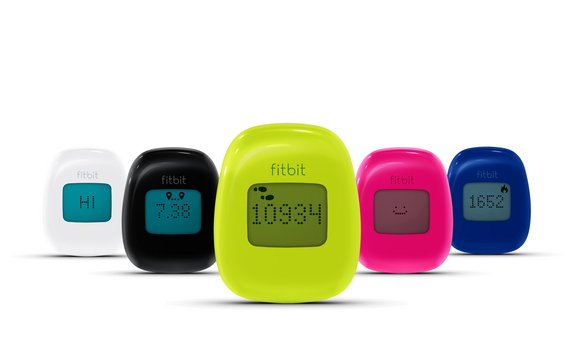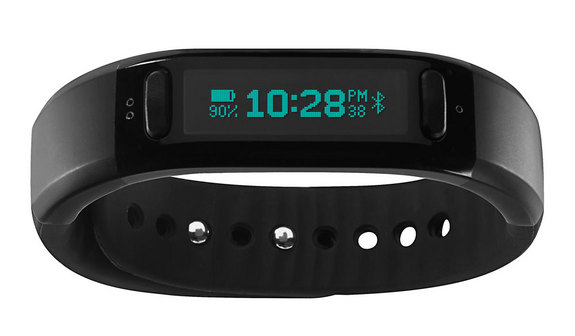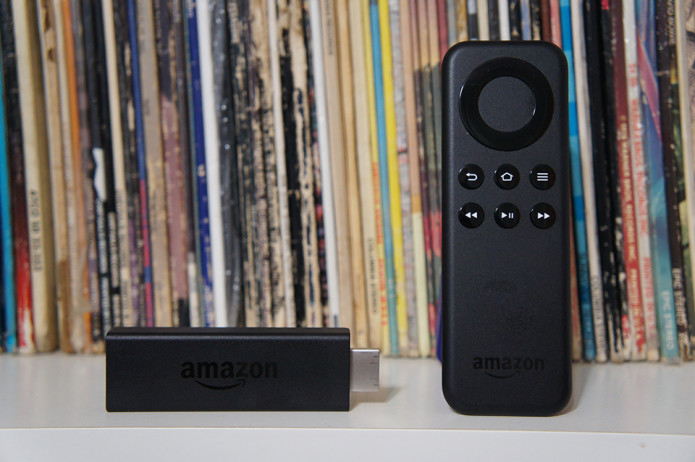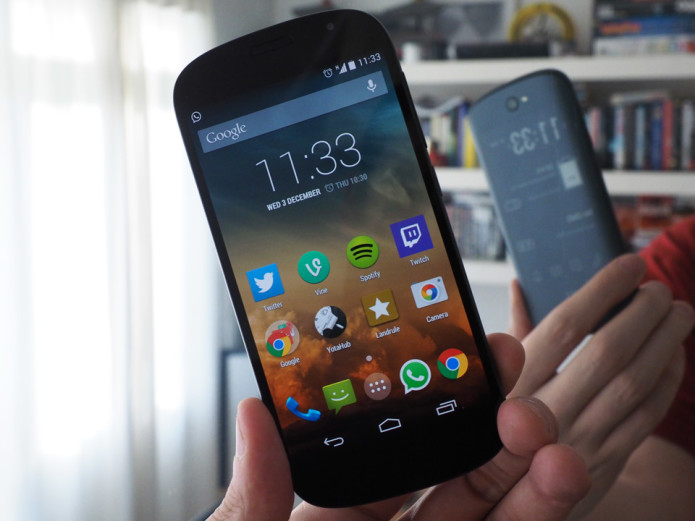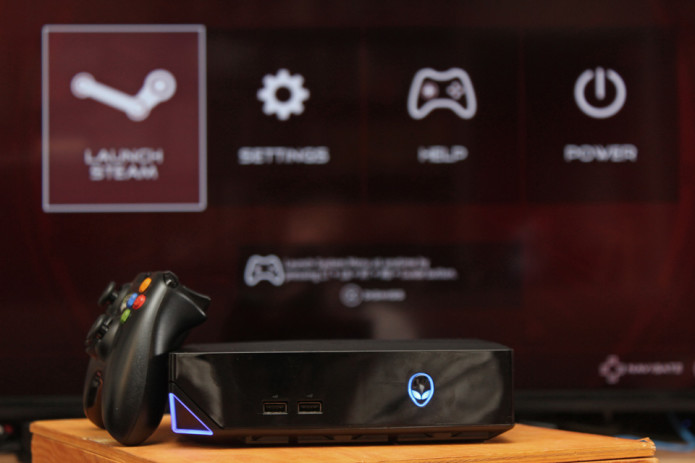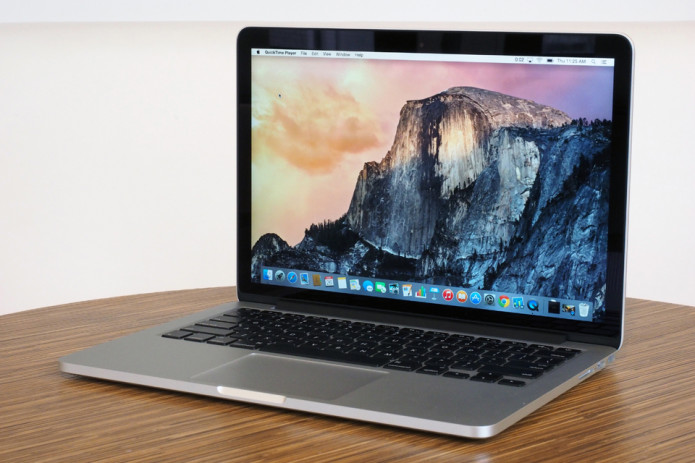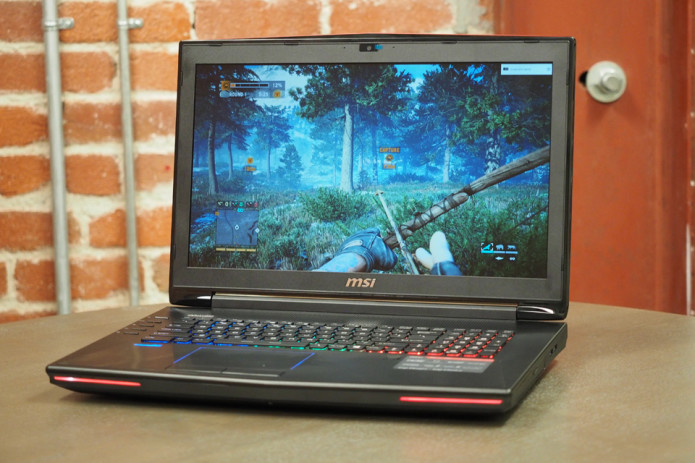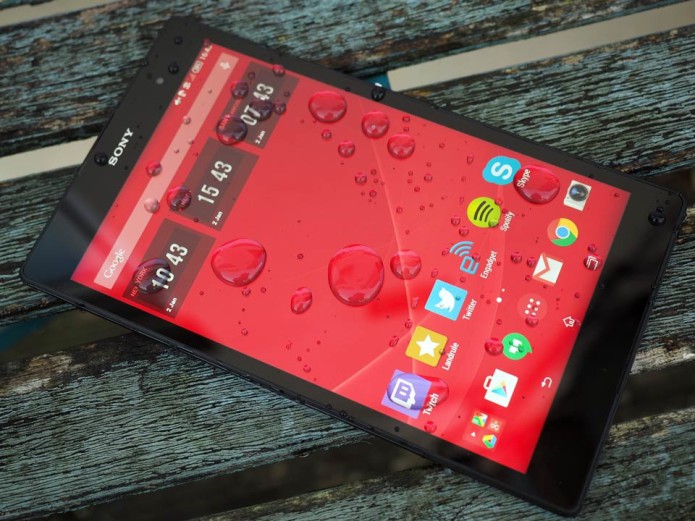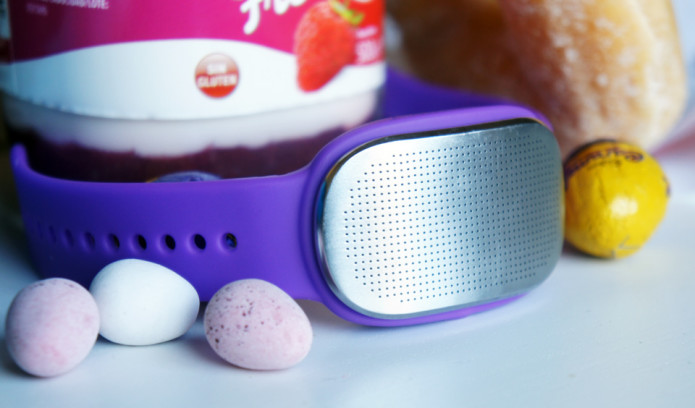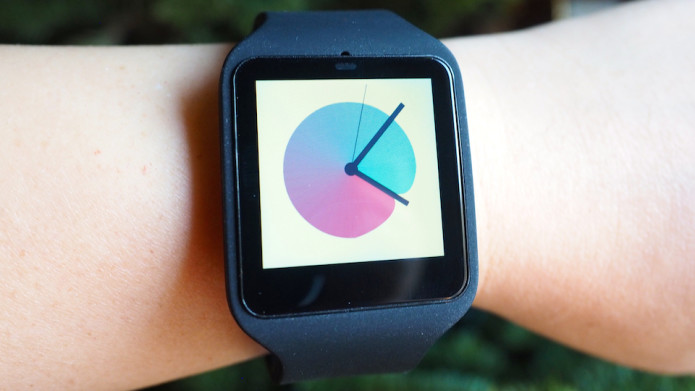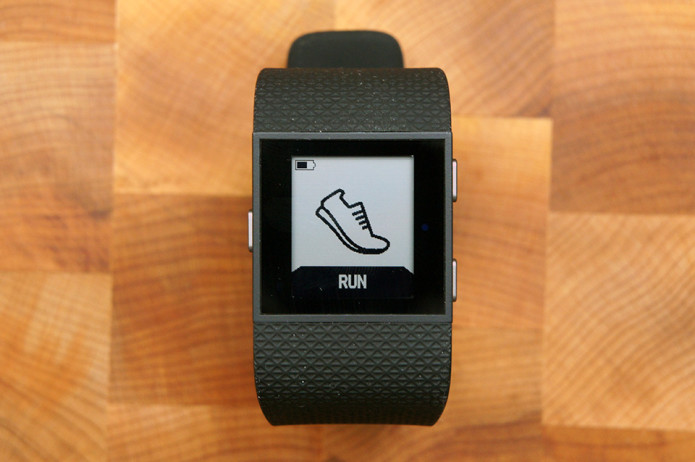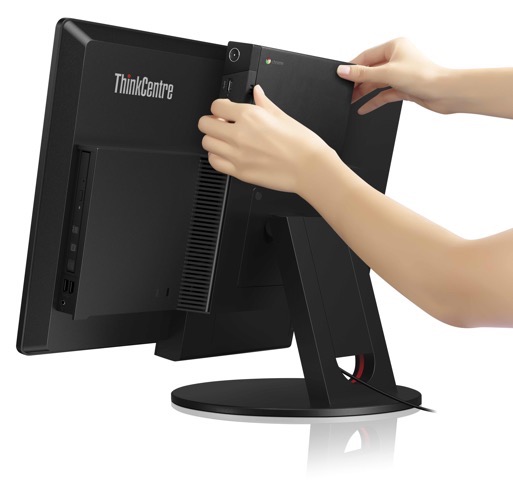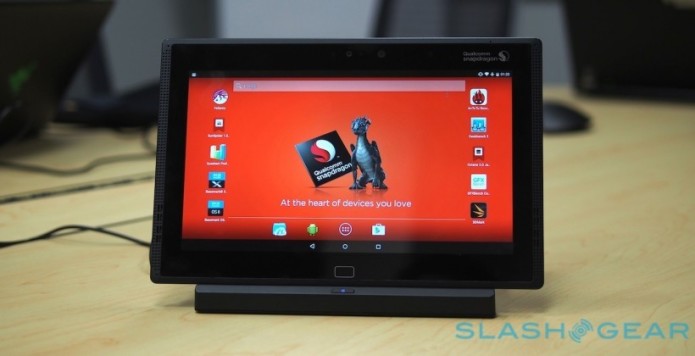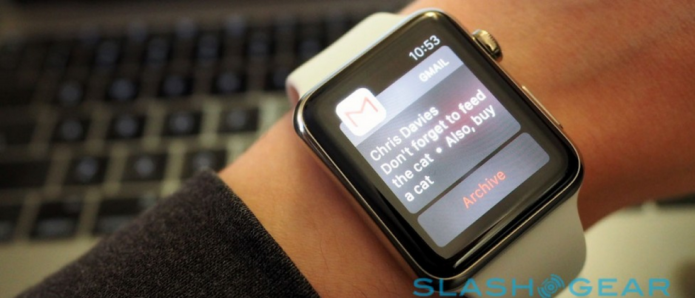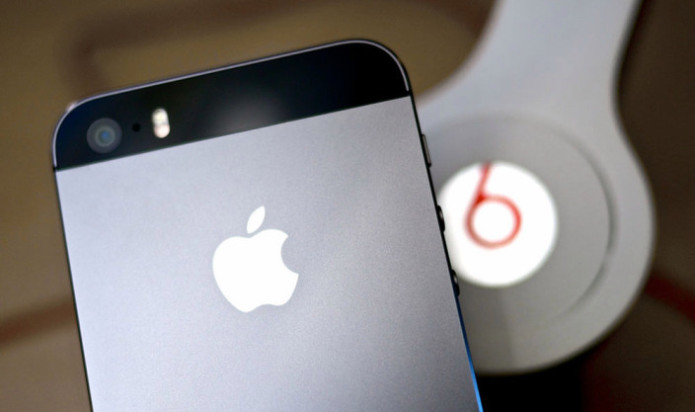
I’ve gone back and forth over the last several weeks trying to decide whether an Apple Watch was for me. After all, I’m not so sure that wearables really are the next big thing like so many others argue and I’m convinced that they need to change dramatically in order to provide a real competition to traditional watches.
But alas, I’m breaking down and buying an Apple Watch.
Some might wonder why I would choose to buy an Apple Watch when, frankly, I don’t see myself wearing it all that often. And truth be told, it’s been a debate inside me for weeks. Do I really need a smartwatch? Will it really provide me with value in my life? Can’t I just get another product that does the tricks I’m looking for?
Ultimately, I decide that I need to get an Apple Watch for one, major reason: Apple’s ecosystem.
…
Read full post here:
https://www.slashgear.com/why-im-breaking-down-and-buying-an-apple-watch-21380129/


